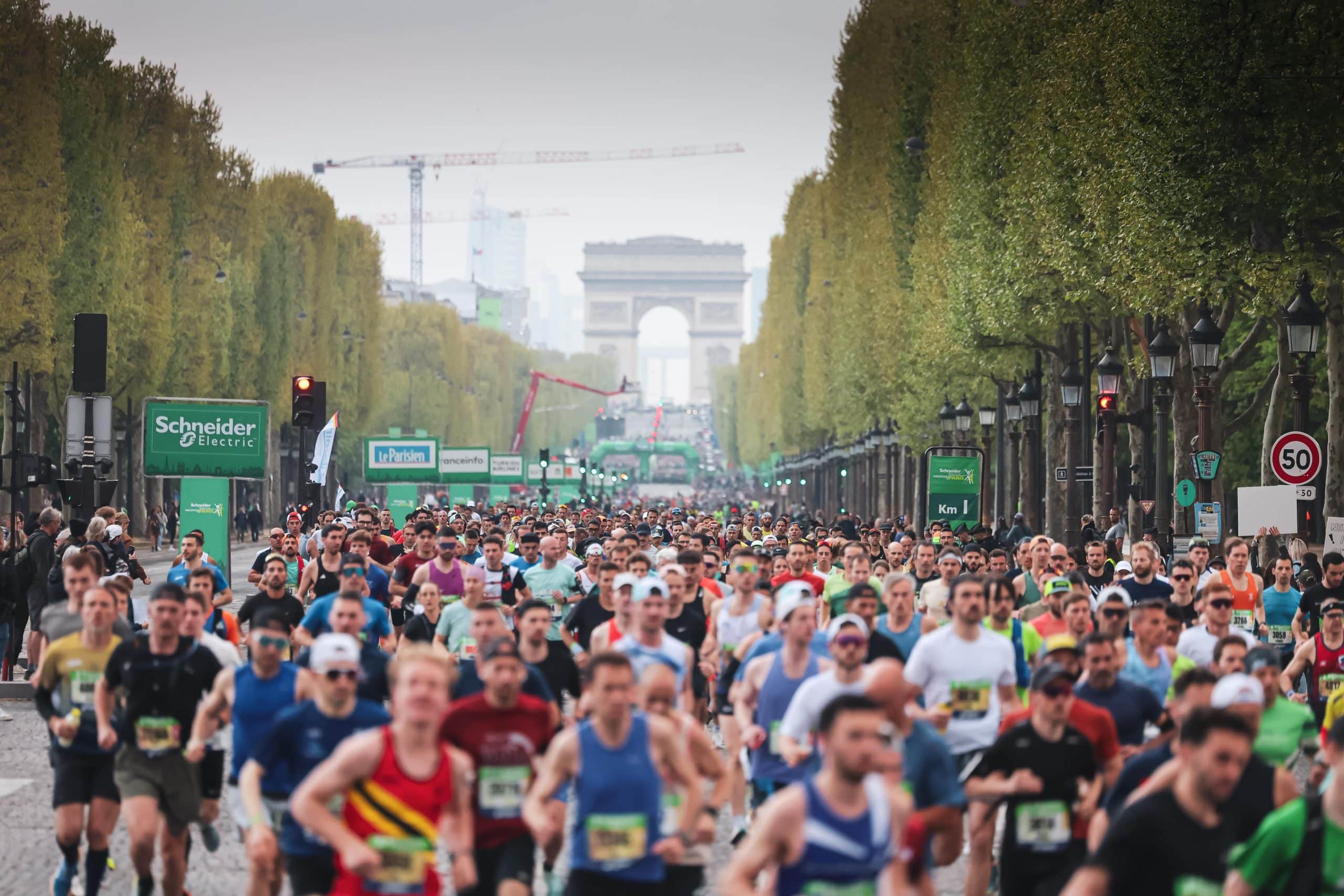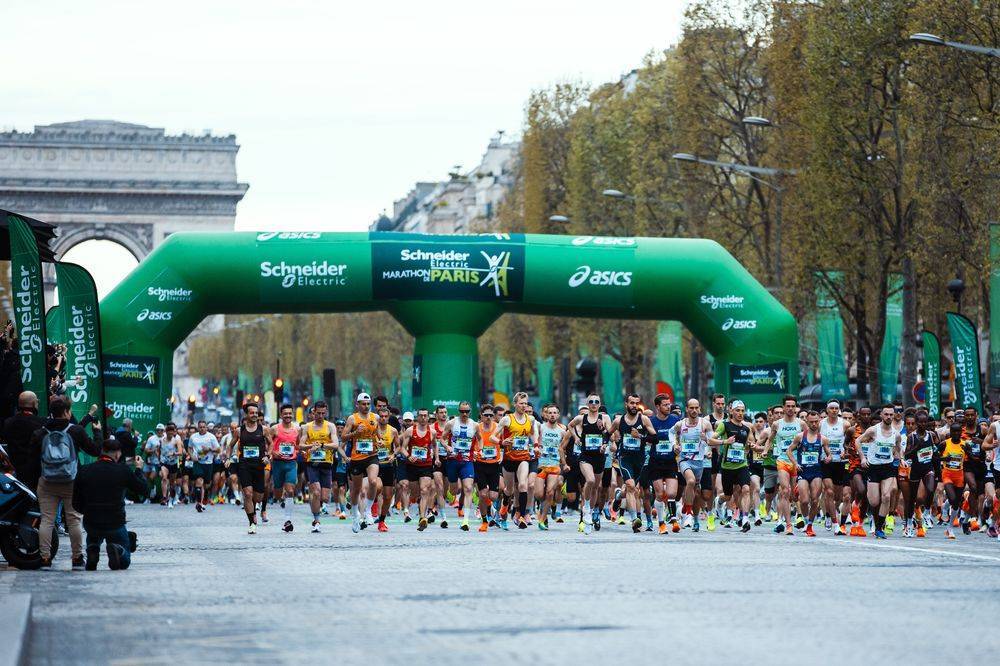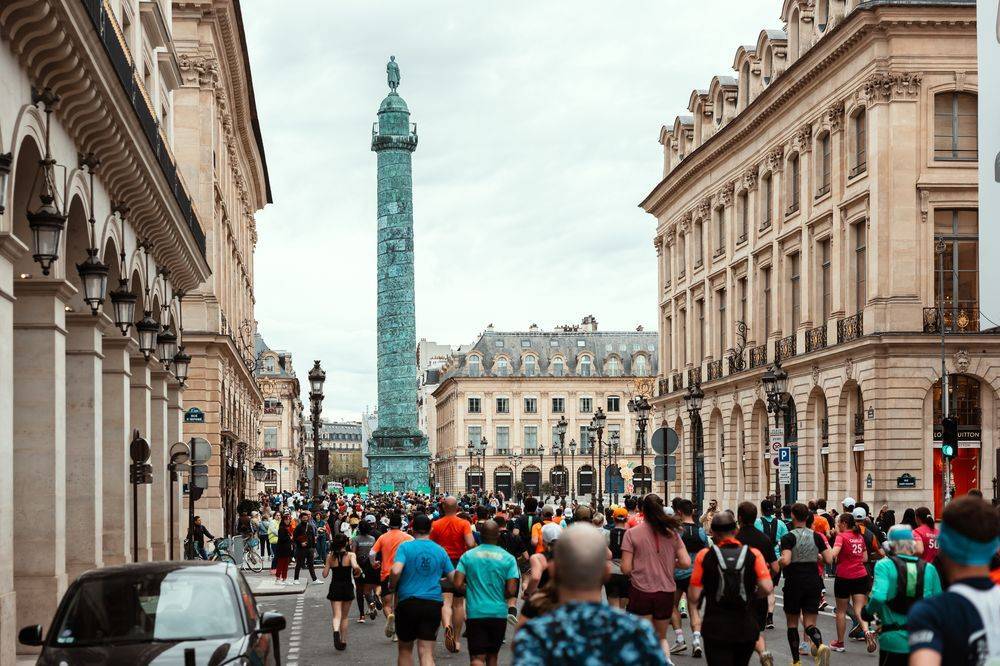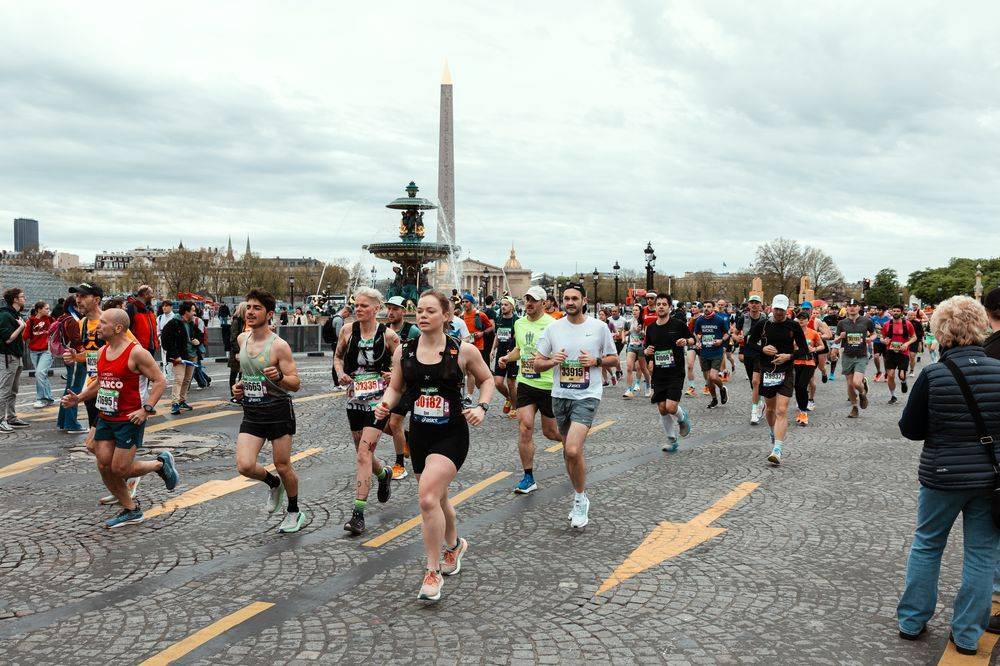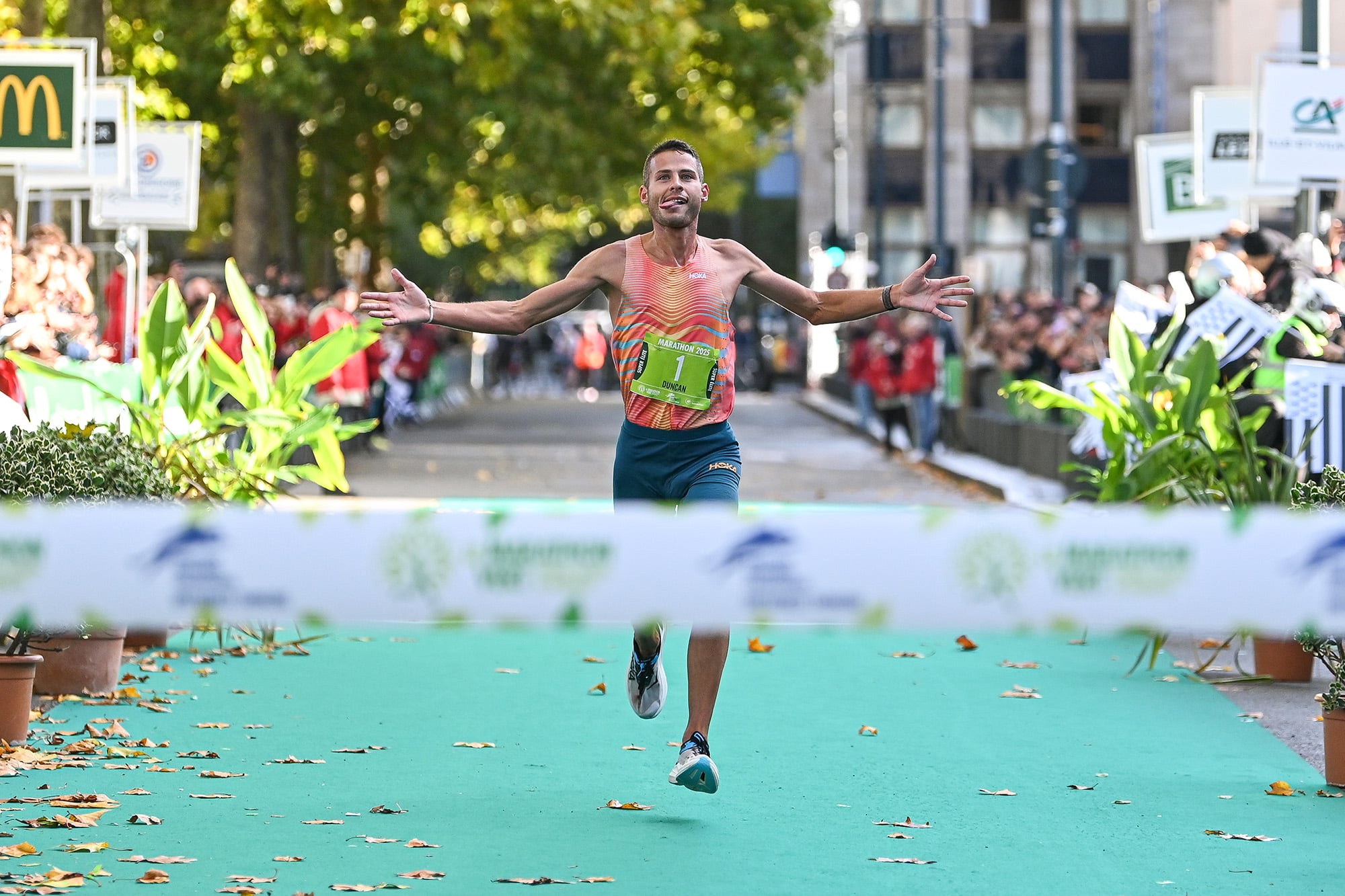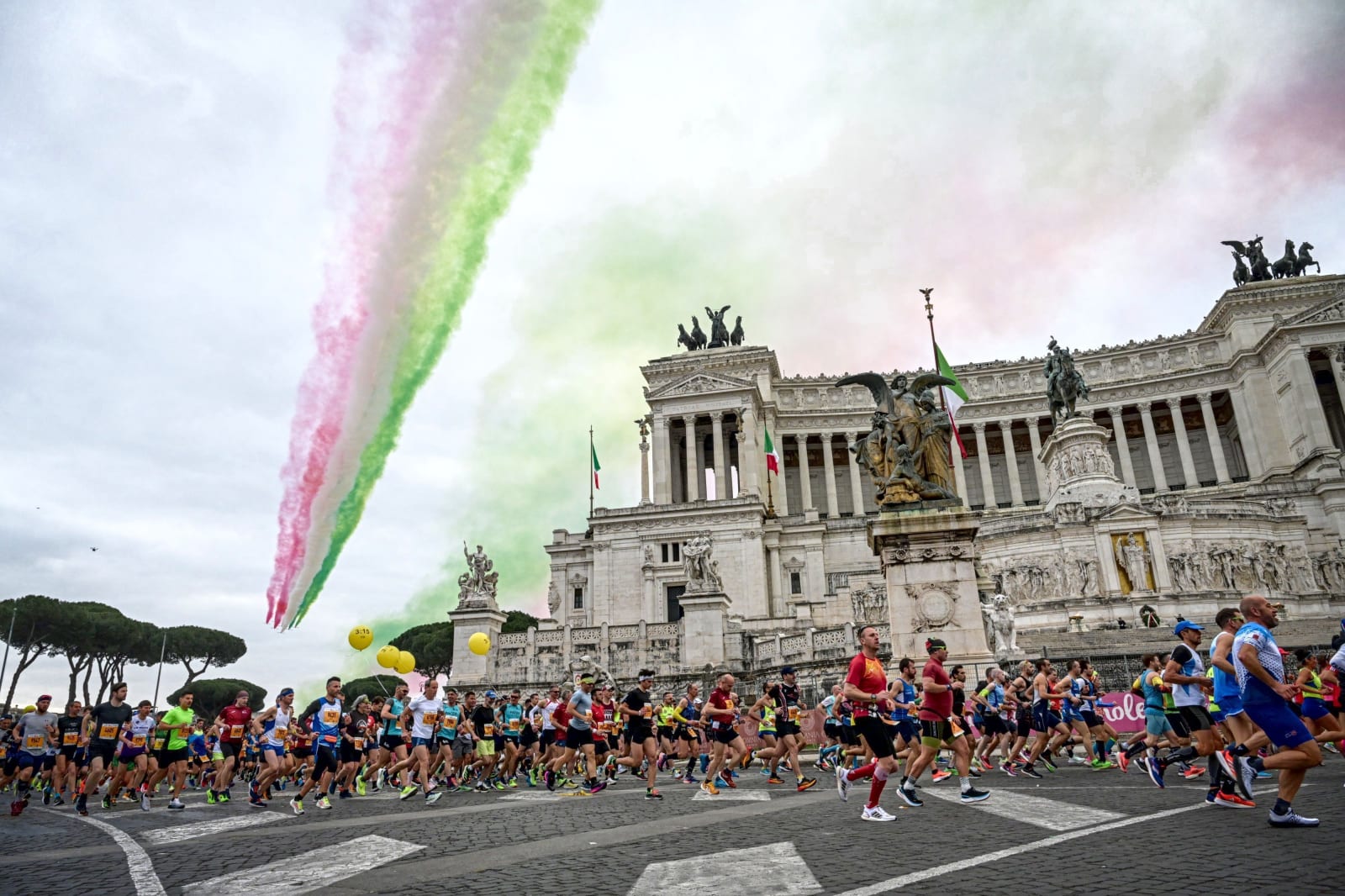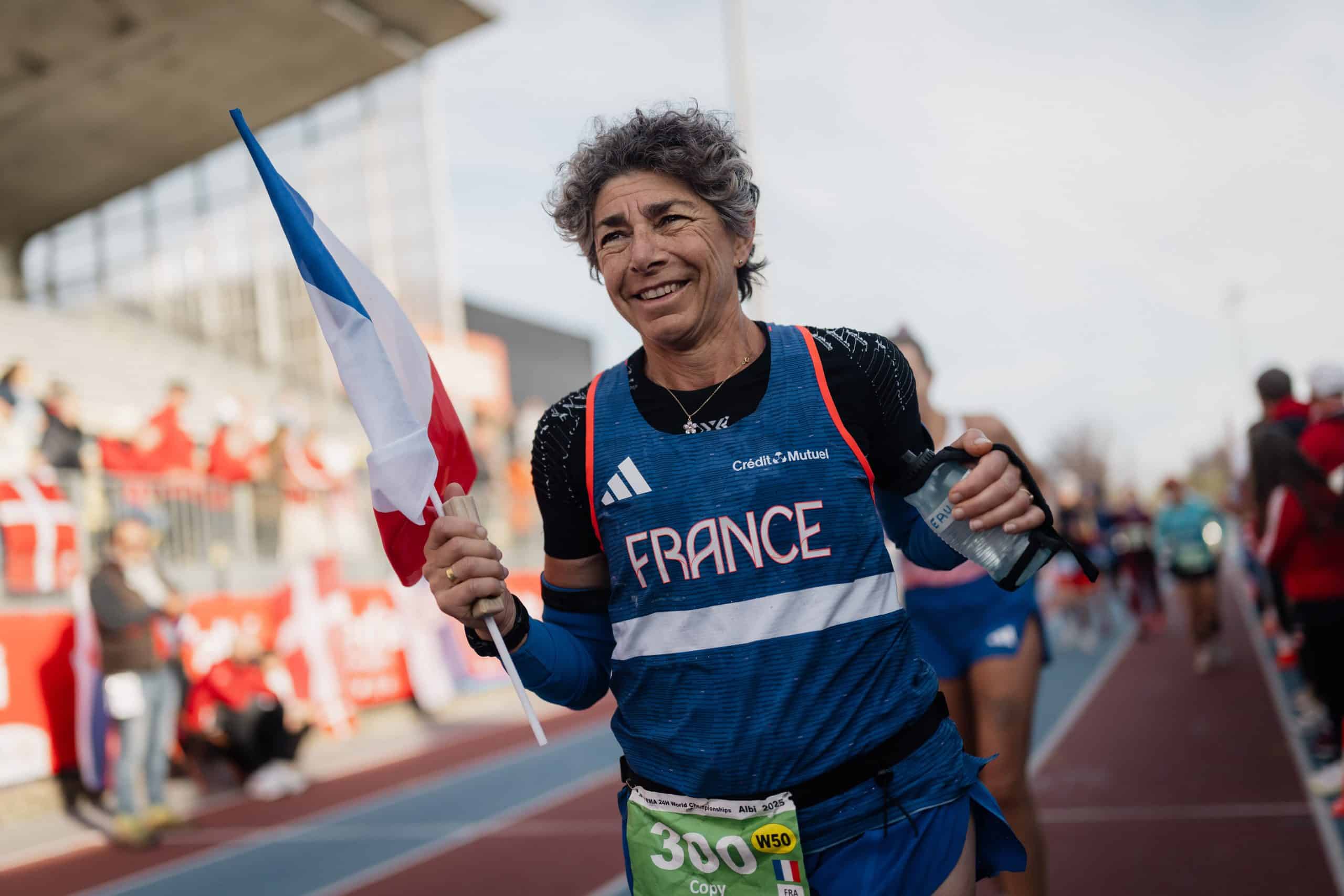Why is the Paris Marathon so challenging?
Each year, tens of thousands of runners take on the 42.195 km of the Paris Marathon. It’s a monumental challenge, and in the capital, having strong legs isn’t enough: you also need a steely mindset. Like other major marathons around the world such as New York or Boston, Paris has a well-deserved reputation. Behind its historic monuments and postcard imagery, it offers a course as formidable as it is unforgettable.
| Notable elevation gain
At first glance, the Paris Marathon might seem quite accessible. A major city, well-organized, wide roads, no mountains in sight. But a closer look at the course profile reveals that this marathon doesn’t belong to the “fast and flat” category. With 292 meters of elevation gain, maintaining a steady pace through the streets of Paris is a challenge. The deceptive downhill slopes and numerous hills are leg-breakers. Unlike flat marathons like Valencia or Seville, known for their long straight roads, the Parisian course constantly requires pace adjustments. Energy reserves deplete faster than expected, and a single lapse, like missing a gel, can quickly turn the race into a nightmare. On this course, every mistake is costly. Many hit the infamous wall, sometimes well before the 35th kilometer.

| Hills, cobblestones, tunnels: a tough mix for the quadriceps
What really makes Paris challenging are these notorious “hills” scattered throughout the course. From the first few kilometers, the slight downhill of the Champs-Élysées tempts runners to start too fast, beware of overconfidence. The first real challenge comes at the 9th kilometer on Rue du Faubourg Saint Antoine with a rather gentle but 1 km long climb.
The cobblestones are another characteristic of Paris. They appear early, right from the start on the Avenue des Champs-Élysées. They can disrupt your rhythm, tire your stride, and consume energy, especially when you need to focus on your footing. Over time, it can sap your concentration.
But it’s really the Seine quays that take a toll. These underpasses disrupt your rhythm entirely and prevent maintaining a steady pace. A sequence of four leg-breaking small ascents and descents, between the 28th and 32nd kilometers, including passing under the Pont de l’Alma, just when your quadriceps start signaling fatigue. And just when you crave some flat terrain… you have to climb back up through the 16th arrondissement and the Bois de Boulogne. The final kilometers rise slowly but surely, with three hills coming in succession between the 34th and 41st km.
| A more demanding second half
It’s no myth: the second half of the Paris Marathon is much harder than the first. Of the total 292 meters of elevation gain, nearly two-thirds are in the second half. While you might expect to manage your effort more comfortably after the halfway point, in Paris, it’s the opposite. The race becomes tougher and more demanding just as your legs begin to tire. This challenge makes Paris particularly feared by marathoners seeking a personal record. Many first-time marathoners still underestimate the importance of nutrition. In Paris, it’s crucial. A marathon isn’t just about pace or mindset: without a proper nutrition strategy, hitting the wall can come sooner than expected.

| Elite or amateur runners, the struggle is the same
Even for elite runners, the Paris Marathon doesn’t hold back. Simply put: in the top 10 male and female finishers, only one runner managed a negative split — Kenyan Benard Biwott, who won in 2h05’25, with a faster second half than the first (1h02’57 / 1h02’28). This speaks volumes about the difficulty of the second half of the course.
Among French runners, the performance of Loréna Méningand is also commendable. She finished as the top Frenchwoman with a new personal best. She crossed the halfway point in 1h17’55 but also struggled with the course’s difficulty, completing the second half in 1h18’38. Not as fast, but still a solid performance on such a demanding course.
Yohan Durand also faced challenges on the Parisian cobblestones. “Muscle-wise, it was tough. The part along the quays is very demanding, with capricious weather and a bit of wind…,” the Bergerac native finished the race in 2h14’44, far from his 2h11’56 in Valencia, achieved a few months earlier in Valencia. A difference that illustrates well the harshness of the Parisian course.
«The course isn’t easy. Muscle-wise, after the 25th km, it was tough. The part along the quays is demanding, the weather unpredictable… And in Boulogne, I had to hit the brakes. I’m very happy to have finished because physically, it was one of my toughest marathons.»
Yohan Durand
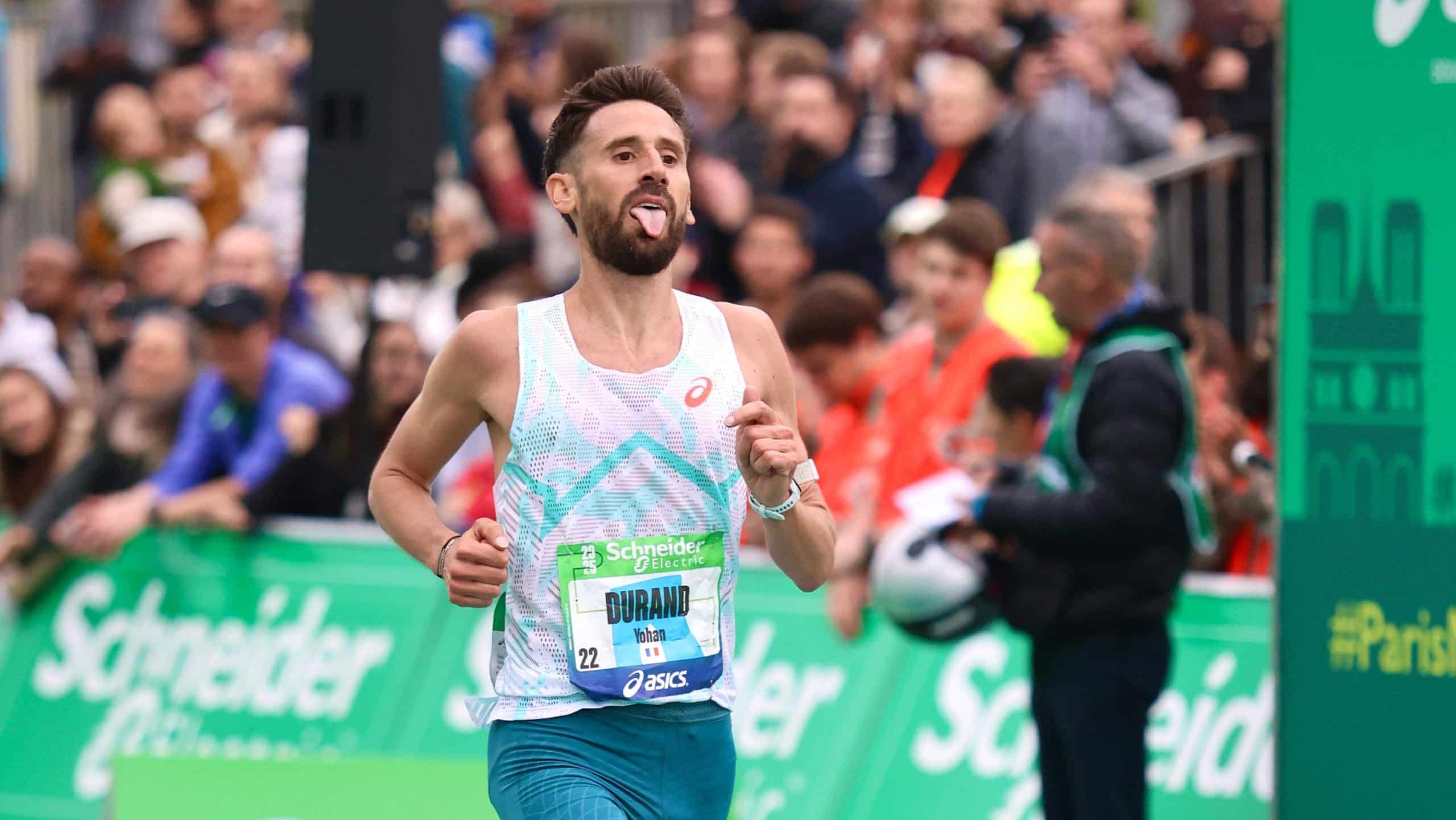
It’s for these reasons that Morhad Amdouni’s performance is even more impressive. In 2022, he set a new French record in Paris with 2h05’22 (before lowering it to 2h03’46 in Seville in 2024). His time in Paris, under those conditions, truly commands respect.
| A challenging marathon, but increasingly popular
Despite all these challenges, the Paris Marathon remains one of the most popular in the world. In 2025, 55,499 runners crossed the finish line. Why such appeal? Because Paris will always be Paris. Running down the Champs-Élysées, racing by the Eiffel Tower, following the Seine, passing the Louvre… it’s hard to match such prestige and history.
It’s also a real discovery ground for newbie marathoners. Many choose Paris for their first experience. For the atmosphere, the encouragement, the proximity to loved ones, and above all, for the symbolism. Even if the time isn’t what they hoped for, the emotion of the marathon is stronger than ever.
The Paris Marathon, it may not be the fastest. Nor the simplest. But it is perhaps one of the most emotionally impactful. Its tricky elevation, hidden climbs, and demanding cobblestones make it a true physical and mental test. To truly enjoy it, you need to prepare properly and save energy for the second half. And most importantly, never forget to look up and savor the chance to run along the avenues of the most beautiful city in the world.
